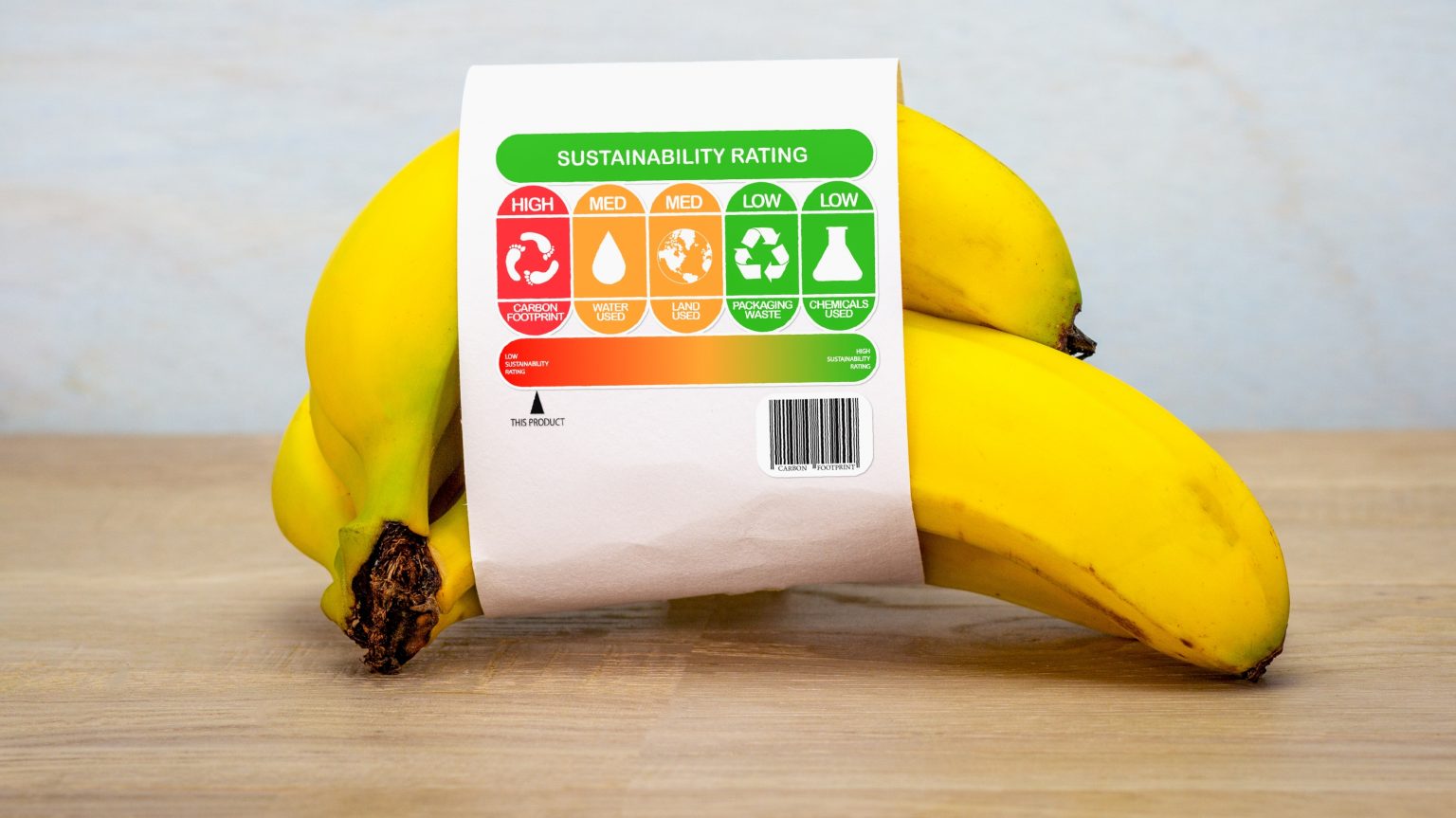The European Commission is preparing to table a proposal on 30 March that will force companies to substantiate their environmental claims, using an EU-wide methodology that has been in the making for nearly ten years.
The Commission will table its so-called ‘green claims’ regulation to make the environmental labels and credentials listed by companies – like their recyclability or biodegradability – reliable, comparable and verifiable across the EU.
That could be an instrument to tackle ‘greenwashing’, or companies making false claims about the environmental footprint of their products. In turn, this could help consumers to make better-informed choices about the products they buy.
Companies will have to substantiate their claims using a single EU methodology called Product Environmental Footprint (PEF). This method measures “the environmental performance of a product or organisation throughout the value chain, from the extraction of raw materials to the end of life, using 16 environmental impact categories,” the Commission said in a preliminary cost-benefit analysis of the proposal.
“The public space is overflowing with green claims relating to product environmental performance – it is like the Far West out there,” said Ioana Popescu from ECOS, an environmental NGO focusing on standards.
“There is enormous value in having a harmonised methodology. That way we can ensure the comparability and validity of green claims,” she told EURACTIV.
PEF is a methodology based on Life-Cycle Assessments (LCA), or methods to quantify the environmental impacts of products. PEF takes what is called a ‘full’ lifecycle approach – from the extraction of raw materials, through production and use, and until final waste management.
And although LCAs are massively complex undertakings, they are “absolutely essential” to fully understand a product’s environmental impact, said Malte Lohan, director general at Orgalim, the EU tech industry association.
“It’s the only way to have a true picture, notably for complex products,” Lohan said. “It also links to competitiveness. You want the market to compare costs on a comparable basis in a full lifecycle, so potentially more expensive products can also reflect a higher value from a sustainable viewpoint,” he told EURACTIV.
New standard
There are several LCA methodologies used across products and value chains, and many of them are standards which are set internationally. However, using different methodologies for the same products could lead to different results, and it could be that the same company may have certain requirements for a specific product, and less stringent requirements for others.
PEF aims to introduce a harmonised EU methodology to tackle these inconsistencies. In 2013, the Commission launched a series of pilot projects to test the methodology across several products and fine-tune it over the years.
Now, with the Sustainable Products Initiative to be presented on March 30, PEF is now set to become the new EU standard to evaluate green credentials.
“PEF is based on agreed standards and protocols accepted globally by academics, civil society and industry and it ensures that you really look at the entire lifecycle. It is also a tool that ensures that you take the right measures that create over the entire life cycle the best possible benefits,” said Mark Mistry, public policy manager at the Nickel Institute, an industry organisation.
The PEF methodology isn’t perfect as it still has some limitations, according to Jean-Pierre Schweitzer, senior policy officer at the European Environmental Bureau (EEB). For instance, some environmental impacts are not covered, such as biodiversity loss or microplastics leakage into the environment.
“It is hard to cover this in PEF, because there is no scientific agreement on how to do it. But it still represents the most holistic scientific method for assessing the environmental impact of a product, and PEF is an improvement from the past because it should reduce inconsistencies in how the LCA method can be interpreted,” Schweitzer told EURACTIV.
The industry is largely on board with using the PEF methodology but still sees some weaknesses.
“We have contributed to the PEF method since 2013 and want to take things further, but we’re also clear that it still has shortcomings that must be fixed before any use in EU policy,” said Kamila Slupek, sustainability director at non-ferrous metals association Eurometaux.
Will it become mandatory?
As the European Commission readies its proposals for 30 March, there are two major questions still left hanging – whether PEF will be a mandatory or voluntary requirement for companies, and whether businesses will need to need to add a label on their product to certify that they are PEF-compliant.
PEF assessments can be costly exercises, which could be unaffordable for small businesses. PEF requires tracing information all the way back to the extraction of raw materials and across the entire value chain, something which can be particularly challenging for SMEs, which make the vast majority of businesses in the EU.
But some believe making it mandatory could still be worthwhile. “There are some positive aspects associated with making PEF a mandatory requirement as you are creating a level-playing field, so everyone will have to put its cards on the table and demonstrate how their product performs,” said the Nickel Institute’s Mistry. “Also, the environmental performance of products becomes finally visible to regulators, customers and consumers.”
“But there are also cons: the time and efforts dedicated to put together a PEF-compliant lifecycle assessment is enormous and requires either in-house expertise or the support from a LCA expert. And we often talk about SMEs being the backbone of the EU. And this is where I feel that making it mandatory would at the end of the day lead to SMEs suffer significantly,” he adds.
‘PEF label’ in the making
In its initial cost-benefit analysis, the Commission noted that there are currently 457 voluntary environmental labels worldwide, “and even more environmental claims, which are often poorly defined, explained or understood, and unpinned by non-comparable methods to measure and assess environmental impact.”
In the EU, there are over 100 of those labels currently active, the document adds, and a unified EU methodology should help consumers, business and investors make sense of these claims. However, There are other challenges. PEF takes into account a total of 16 environmental impact categories – and communicating the scores of all of them into a single label will be complex.
“If you want to have a single label of circularity, you will need to have a very clear methodology. Another way is just to fragment the labels and say, this product is durable, or it’s repairable, the same way there are labels indicating that certain package can be recycled,” said Stefan Sipka, policy analyst at the European Policy Centre (EPC), a Brussels-based think tank.
Given the methodology’s limitations, campaigners say it won’t always be appropriate to communicate PEF data on consumer-facing labels.
“This is particularly true for product groups for which missing impact categories may play a significant role in the product’s overall footprint. In these cases, PEF data may need to be supported with additional information,” said Schweitzer from the European Environmental Bureau (EEB).
“On the other hand, if we have PEF on a voluntary basis, then there’s even more space for confusion, because then we end up with many different types of labels based on LCA data that can be interpreted in different ways. And then, how do citizens assess if this is a sustainable choice?” he asked.

